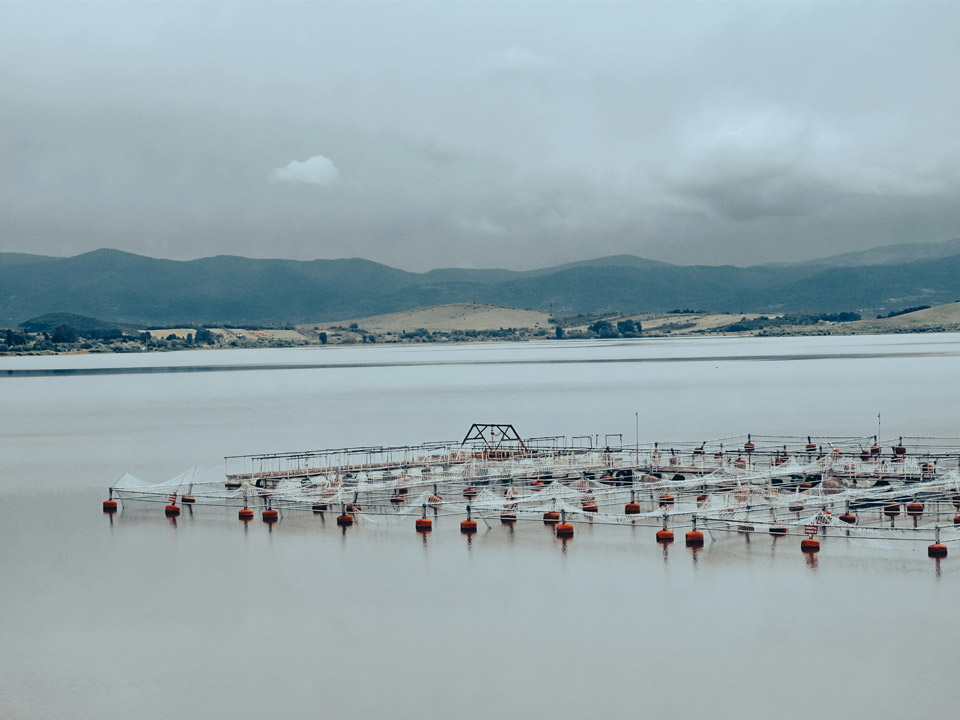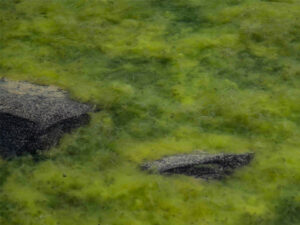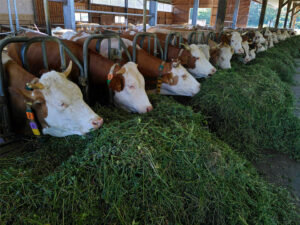Algae, often regarded as simple aquatic organisms, play a crucial role in enhancing the health and growth of fish in aquaculture. From providing essential nutrients to improving water quality, algae offer sustainable solutions that benefit both fish and the environment. Let’s delve into how algae are transforming the aquaculture industry.
Enhancing Nutritional Quality
One of the key benefits of incorporating algae into aquaculture diets is their high nutritional value. Certain algae species, such as Spirulina and Chlorella, are rich sources of proteins, essential amino acids, vitamins, and minerals. These nutrients are vital for fish growth, immune function, and overall health. By supplementing fish feed with algae, aquaculturists can ensure that their fish receive a balanced diet that supports optimal growth and development.
Natural Pigments for Color Enhancement
Algae are natural sources of pigments such as carotenoids and astaxanthin, which contribute to the vibrant colors of fish like salmon and trout. These pigments are not only aesthetically pleasing but also play a role in fish health. Astaxanthin, for example, is a powerful antioxidant that supports immune function and enhances resistance to stress. By including algae-rich diets, aquaculturists can naturally enhance the coloration of fish without relying on synthetic additives.
Improving Water Quality
Algae contribute to maintaining water quality in aquaculture systems. Through photosynthesis, algae absorb carbon dioxide and release oxygen, helping to oxygenate the water. Additionally, algae uptake nutrients like ammonia and nitrate, which are byproducts of fish metabolism and can be harmful in high concentrations. By reducing nutrient levels, algae help create a healthier aquatic environment for fish, minimizing the risk of diseases and promoting better growth rates.
Sustainable and Eco-Friendly Practices
Integrating algae into aquaculture practices aligns with sustainable principles. Algae cultivation requires minimal land and freshwater compared to traditional crops used in fish feed. Moreover, algae production can be integrated with wastewater treatment systems, utilizing nutrients from fish farming operations to sustain algae growth. This closed-loop approach reduces environmental impact and enhances the overall sustainability of aquaculture operations.
Practical Applications and Future Outlook
Aquaculture operations worldwide are increasingly recognizing the benefits of algae in promoting fish health and sustainability. From small-scale fish farms to large commercial operations, algae supplementation is becoming a standard practice. Ongoing research focuses on optimizing algae species and cultivation methods tailored to different fish species and environmental conditions. As technology advances and awareness grows, algae are poised to play an even greater role in shaping the future of aquaculture.
Conclusion
Algae’s role in aquaculture extends far beyond their humble appearance in ponds and lakes. As we harness their nutritional benefits, natural pigments, and water-purifying properties, algae emerge as indispensable allies in promoting fish health and sustainable aquaculture practices. By embracing algae-based solutions, we not only enhance fish growth and welfare but also contribute to a healthier planet for generations to come.



